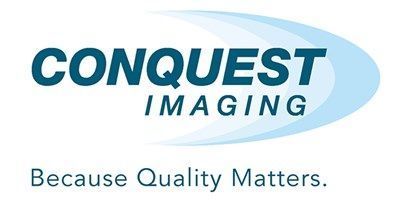
Ghosting a Drive- Reduce your Downtime
One of the most critical points of your ultrasound system is the hard drive. After all, the hard drive holds the operating software, application software and the user defined presets, as well as all of your option keys for the system.
Thu Apr 27 2017

One of the most critical points of your ultrasound system is the hard drive. After all, the hard drive holds the operating software, application software and the user defined presets, as well as all of your option keys for the system. Performing periodic backups and a printout of the settings is mandatory in the event of a system crash. As long as you have the software and the backups you can fully restore the system. But what if you do not have the software or cannot be down for an extended period of time? The best solution is to have an emergency replacement drive available. Just plug in the drive and you are all set. This is accomplished by backing up or “ghosting” a drive. Ghosting a drive is the most effective method of insuring your downtime is minimal. Simply remove the old drive and install the ghosted drive, power up the system and you are up and running.
There are several methods available to ghost a drive.
Conquest Imaging recommends using a hard drive duplicator. When used in accordance to HIPAA regulations, this small piece of low-cost hardware allows you to clone the original drive onto a secondary drive with the push of a button.
First, you need to ensure the drive you are writing to is the same size or larger than the original drive. A hard drive duplicator has two ports, one for the original and one for the duplicated drive. Most duplicators use SATA connections however many offer IDE adapters. Slide the original drive in the first port and the new drive into the second port. Insure that the duplicator is set to copy mode and press start. The ghosting can take several minutes to several hours depending on the size of the drives. Once finished reinstall the original drive in the system and put the ghost drive in a secure location until needed. Remember that this process will duplicate everything on the drive, so ensure that all patient data is removed prior to duplication.
Another method of ghosting your system’s hard drive is to use your laptop and duplicating software (we recommend Acronis) to create an image of the original drive and ghost it to your drive. While this method is slower, it allows you to back up to a DVD or to a server on your network for long-term storage. You will need at least one USB to SATA/IDE adapter and a copy of ghosting software. Connect the original drive to the adapter and launch the program. There will be several options to choose from. If you are going directly from drive to drive, select the cloning option. Otherwise select the archive option. If archiving, you will have the ability to select where the file will be stored. I recommend either a blank DVD drive or a network storage system. Remember, all patient data must be removed to protect yourself and the hospital from a HIPAA violation.
Using any of these methods will reduce your downtime and make you the hero!
